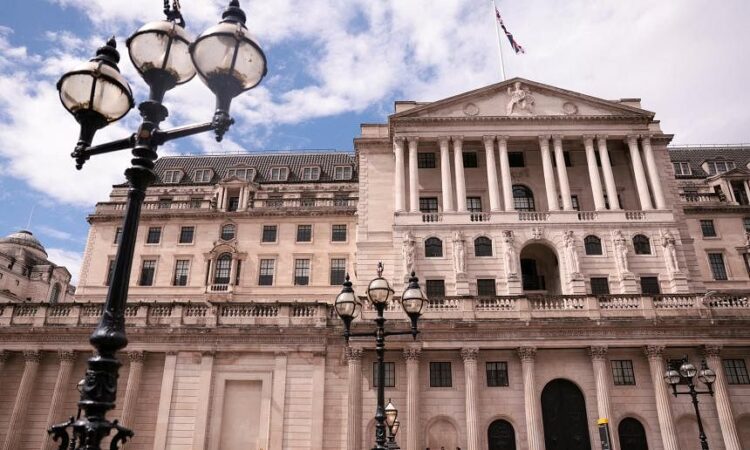
LONDON – Growth in wages in Britain has slowed but remains at levels that would normally be too high for the Bank of England (BOE) to keep inflation at its 2 per cent target, adding to doubts about the possibility of an interest rate cut in two weeks’ time.
Earnings excluding bonuses – a key gauge of inflation pressure for the BOE – grew by 5.7 per cent in the three months to the end of May compared with a year earlier, official data showed.
That represented the slowest growth in core pay since the summer of 2022, when employers scrambled to increase salaries to hire and retain staff amid a shortage of candidates.
Sterling and British interest rates futures were little changed after the data was published.
“A modest slowing in pay growth offers some good news for those looking for a rate cut in August,” KPMG UK chief economist Yael Selfin said. “But with annual pay growth excluding bonuses at 5.7 per cent, the Bank of England may be unwilling to risk an August cut in rates before the labour market has cooled sufficiently.”
Total earnings, including bonuses, also grew by 5.7 per cent over the period.
Both readings were in line with the median forecasts in a Reuters poll of economists.
In the three months to April, regular pay had risen by an annual 6 per cent and total earnings were up by 5.9 per cent.
The BOE’s next rates announcement is due on Aug 1. After stronger than expected inflation data published on July 17, investors priced a roughly one in three chance of a first cut since 2020.
The Office for National Statistics (ONS) also said on July 18 it was delaying the switch to a new version of its Labour Force Survey (LFS), which is due to take place in September.
The new version of the survey is designed to counter falling response rates for the current survey.
The ONS said the Transformed Labour Force Survey (TLFS) was attracting more respondents but showed a bias towards older people who were more likely to complete the online survey. Partial responses were another problem, it added.
“While we further develop the TLFS, we will continue to use the LFS as our lead measure of the labour market,” the ONS said, adding that it would report back in early 2025 on its progress.
The survey is the source of employment, unemployment and inactivity data. Its problems have made the job of measuring the inflationary heat in the labour market more complicated for the BOE.
Headline wage and vacancies data come from separate surveys of businesses.
The July 18 data showed some further signs of a cooling in Britain’s labour market, with vacancies dipping by 30,000 in the April-to-June period, the 24th consecutive fall.
But they remained almost 12 per cent higher than before the Covid-19 pandemic.
The unemployment rate – based on the LFS survey that is being phased out – held at 4.4 per cent. REUTERS





